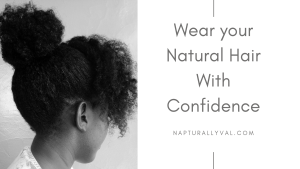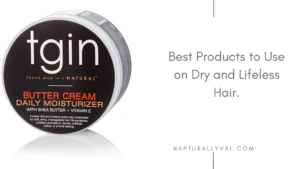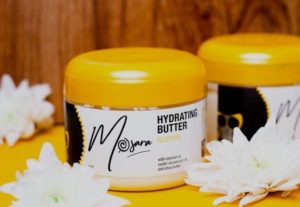Hey curl friends! So, you’ve decided to add a little pop to your 4C natural hair with some color—whether it’s a bold red, subtle blonde, or vibrant blue. Coloring your hair can be such a fun way to express yourself, but let’s be real: it requires extra care to keep those kinks and coils healthy and popping.
Unfortunately, many people make avoidable mistakes when caring for their colored 4C hair, which can lead to dryness, breakage, or even loss of curl pattern. But don’t worry, I’ve got your back! Today, I’ll walk you through the most common mistakes to avoid when caring for your dyed 4C hair and what to do instead.
Feel like your hair has been the same length forever, I’ve an Ebook that will help you grow your hair healthier, longer and thicker. Grab your copy here… Also, check out all the Ebooks,guides and journals that will go a long way in your hair care journey here.
Table of Contents
Worst Things You Can Do to Color-Treated 4C Natural Hair.
1. Not Preparing Your Hair Before Coloring
One of the biggest mistakes people make is jumping straight into coloring their hair without prepping it first.
Why This Is a Problem:
Coloring can weaken your strands, especially if you’re using bleach or a permanent dye. If your hair is already brittle or dry, it won’t handle the process well and may break off.
What to Do Instead:
- Deep Condition: A week or two before coloring, treat your hair with a protein deep conditioner to strengthen it.
- Trim Split Ends: If you have damaged or split ends, trim them before coloring. This ensures even color absorption and reduces further breakage.
- Hydrate: Incorporate a moisturizing regimen leading up to your coloring appointment.
2. Using Harsh Box Dyes
Box dyes might be convenient, but they’re often packed with harsh chemicals that can wreak havoc on your delicate 4C curls.
Why This Is a Problem:
Many box dyes contain ammonia, sulfates, and other chemicals that can strip your hair of its natural moisture, leaving it dry and prone to breakage.
What to Do Instead:
- Opt for ammonia-free dyes or dyes specifically formulated for natural hair.
- Better yet, visit a professional colorist who understands how to work with 4C hair. If DIY is your only option, consider semi-permanent or temporary dyes.
3. Skipping the Strand Test
Raise your hand if you’ve ever skipped the strand test because you were too excited to get started!
Why This Is a Problem:
Without a strand test, you can’t predict how your hair will react to the dye. You could end up with unexpected colors or even a damaged section of hair.
What to Do Instead:
Always test a small section of your hair before coloring that can easily be hidden away if it doesn’t go as planned. This helps you gauge the final color result and ensures your hair won’t have an adverse reaction.
4. Overprocessing Your Hair
Bleaching or lightening 4C hair can give you a stunning look, but overdoing it is a surefire way to damage your curls.
Why This Is a Problem:
Bleaching removes the natural pigment from your hair, weakening the protein structure. Overprocessing can cause dryness, breakage, and loss of curl pattern.
What to Do Instead:
- If you need to lighten your hair significantly, do it in stages rather than all at once.
- Use protein bond-building treatments (like Olaplex) to strengthen your hair during the process.
- Avoid overlapping bleach on previously processed areas.
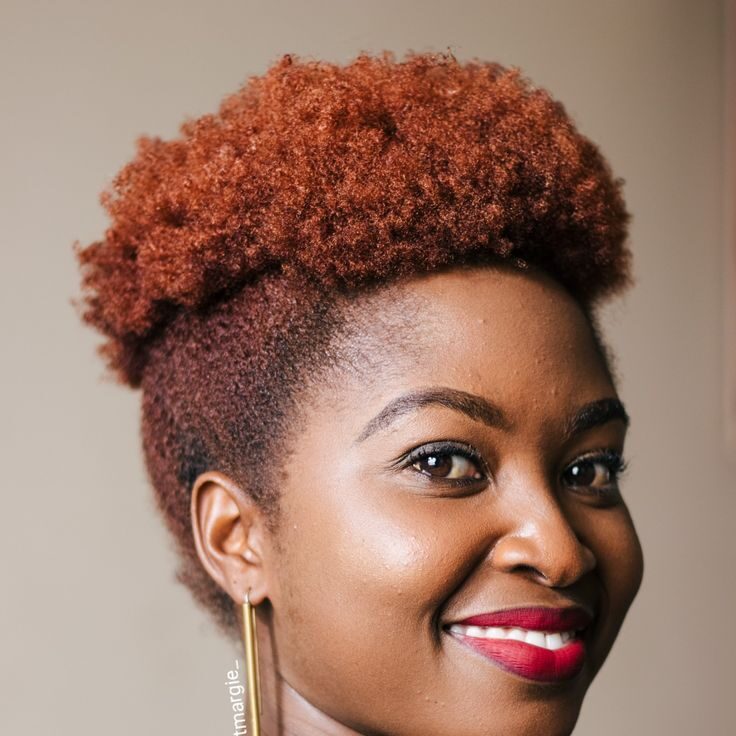
5. Neglecting Moisture After Coloring
4C hair is naturally prone to dryness, and coloring can exacerbate this issue.
Why This Is a Problem:
Failing to replenish moisture after coloring can lead to brittle, fragile hair that’s more likely to break.
What to Do Instead:
- Deep condition your hair weekly with a moisture-rich deep conditioner.
- Use a leave-in conditioner daily to keep your hair hydrated.
- Incorporate moisturizing oils like avocado oil or jojoba oil to seal in moisture.
6. Over-washing Your Hair
After coloring, you might be tempted to keep washing your hair to maintain your scalp’s cleanliness or style your curls. But over-washing is a major no-no for colored hair.
Why This Is a Problem:
Washing too often strips your hair of its natural oils and fades your color faster.
What to Do Instead:
- Wash your hair no more than once a week.
- Use color-safe, sulfate-free shampoos to gently cleanse your hair without stripping color.
- Try co-washing (washing with conditioner) for in-between cleanses.
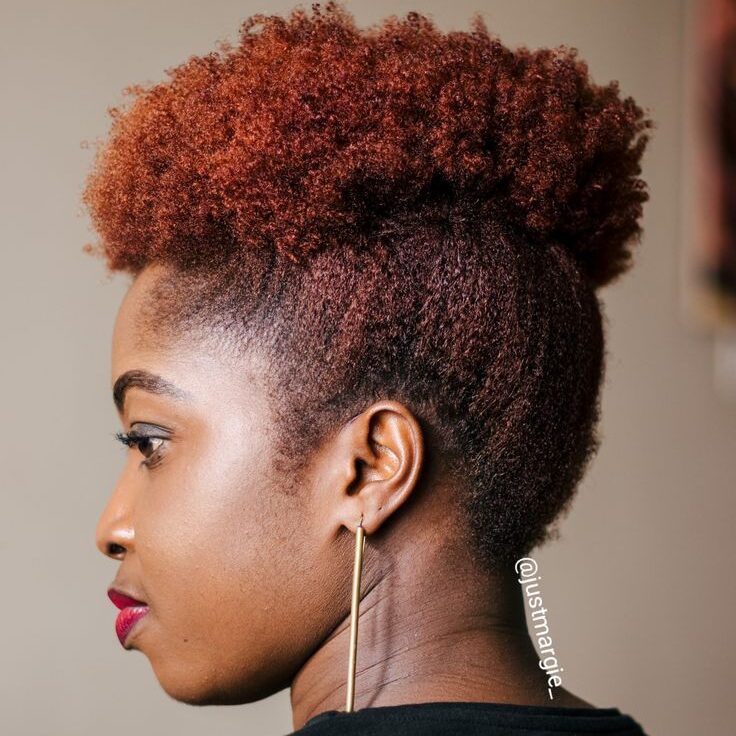
7. Ignoring Protein Treatments
Coloring your hair disrupts the protein bonds in your strands. Many naturals skip protein treatments, which are crucial for restoring strength to your hair.
Why This Is a Problem:
Without protein, your hair can become weak and break off, especially if it’s been bleached.
What to Do Instead:
Alternate between protein treatments and moisture treatments or deep conditioners with moisture-protein balance to keep your hair moisture-protein balanced. Look for treatments like:
- Dr. Miracle’s Strong & Healthy Hydrating & Strengthening Deep Conditioner.
- SheaMoisture Hair Mask – Manuka Honey & Yogurt, Hydrate + Repair Protein Power Treatment
- Botanic Hearth Tea Tree Hair Mask & Deep Conditioner, Moisturizes & Protects Hair & Scalp
8. Heat Styling Without Protection
Flat irons, curling wands, and blow dryers can be especially harsh on colored 4C hair.
Why This Is a Problem:
Heat can further weaken your already-processed hair, leading to dryness, frizz, and loss of curl pattern.
What to Do Instead:
- Use a heat protectant every time you use heat tools.
- Limit heat styling to special occasions, and opt for heatless styles like twist-outs or bantu knots for everyday looks.
- Use low heat settings when you must use heat.
9. Failing to Protect Your Hair at Night
If you’re sleeping on a cotton pillowcase or leaving your hair exposed, you’re doing your colored hair a disservice.
Why This Is a Problem:
Cotton pillowcases can draw moisture from your hair and cause friction, leading to dryness and breakage.
What to Do Instead:
- Sleep with a satin or silk bonnet or on a satin/silk pillowcase.
- Opt for protective styles like twists or braids to minimize tangling at night.
10. Skipping Regular Trims
Some people think they can avoid trims because their hair is growing, but this is a mistake, especially with colored hair.
Why This Is a Problem:
Colored hair is more prone to split ends and breakage. If you don’t trim those ends, the splits can travel up the hair shaft, causing further hair damage.
What to Do Instead:
Schedule trims every 6-8 weeks to keep your ends healthy and prevent breakage.

11. Forgetting UV Protection
Did you know the sun can fade your hair color and dry out your strands?
Why This Is a Problem:
Colored hair is more vulnerable to UV damage, leading to dull color and dryness.
What to Do Instead:
- Wear a hat or scarf when outdoors for extended periods.
- Use products with UV protection designed for hair.
12. Overlooking a Balanced Diet
Healthy hair starts from within, and this is especially true for colored 4C hair.
Why This Is a Problem:
If your diet lacks essential nutrients, your hair will struggle to retain moisture and grow, making it harder to maintain after coloring.
What to Do Instead:
Incorporate hair-healthy foods into your diet, such as:
- Proteins: Eggs, fish, nuts
- Omega-3s: Salmon, flaxseeds
- Vitamins A, C, and E: Spinach, sweet potatoes, citrus fruits
13. Ignoring Professional Advice
Trying to DIY complex hair colors or ignoring your stylist’s advice can result in poor results or even damage.
Why This Is a Problem:
Without professional guidance, you risk uneven color, excessive damage, or an outcome that doesn’t suit your natural hair type.
What to Do Instead:
- Consult with a professional colorist for your initial coloring.
- Follow up with them if you notice significant changes in your hair health.
Final Thoughts
Colored 4C natural hair can be vibrant, beautiful, and healthy if cared for properly. Avoiding these common mistakes will save your strands from unnecessary damage and keep your curls thriving. Remember, patience and consistency are key!
What’s been your biggest challenge with colored 4C hair? Share your thoughts in the comments—I’d love to hear from you! And if you’re looking for the best color-safe products, check out my curated list on Amazon.

